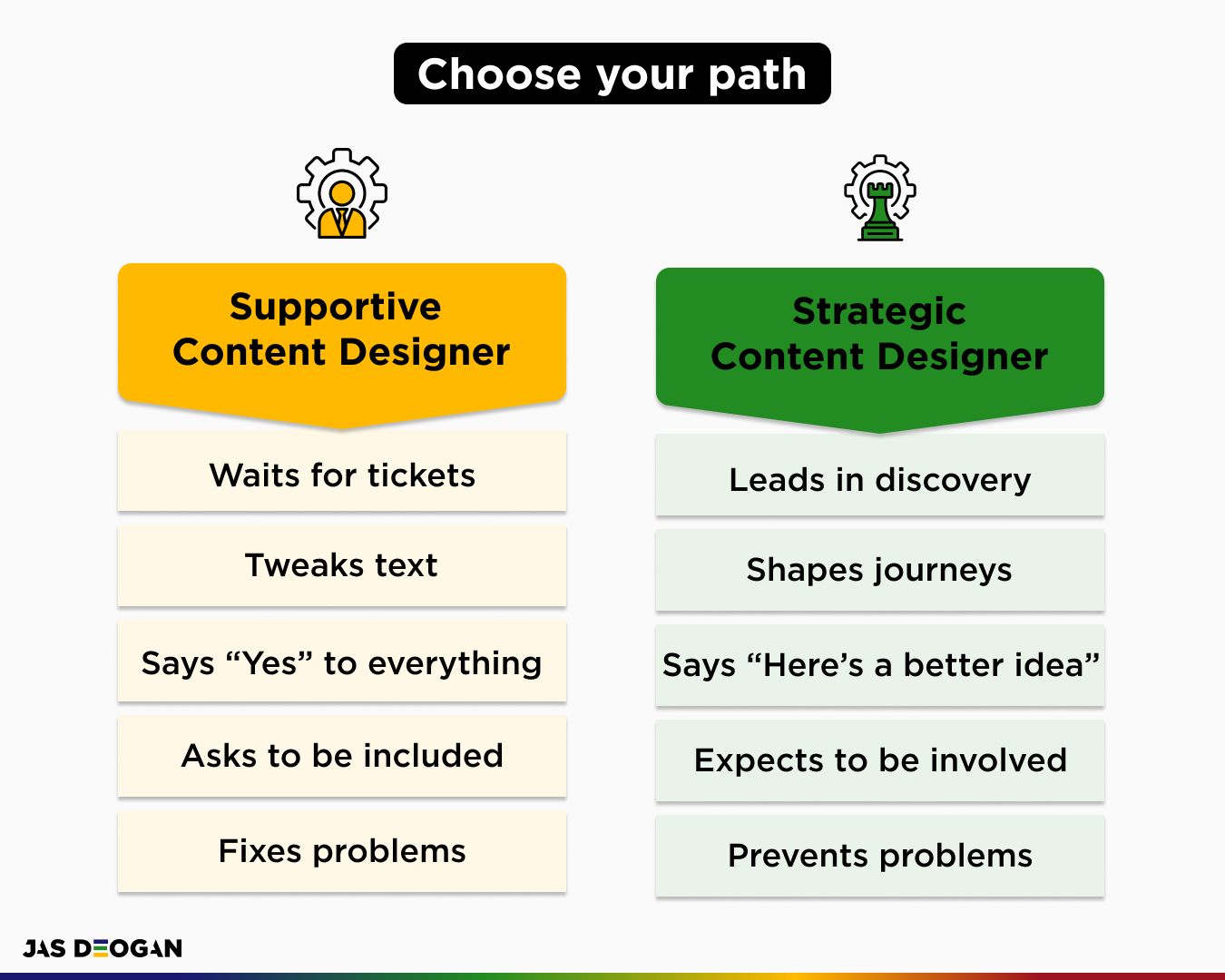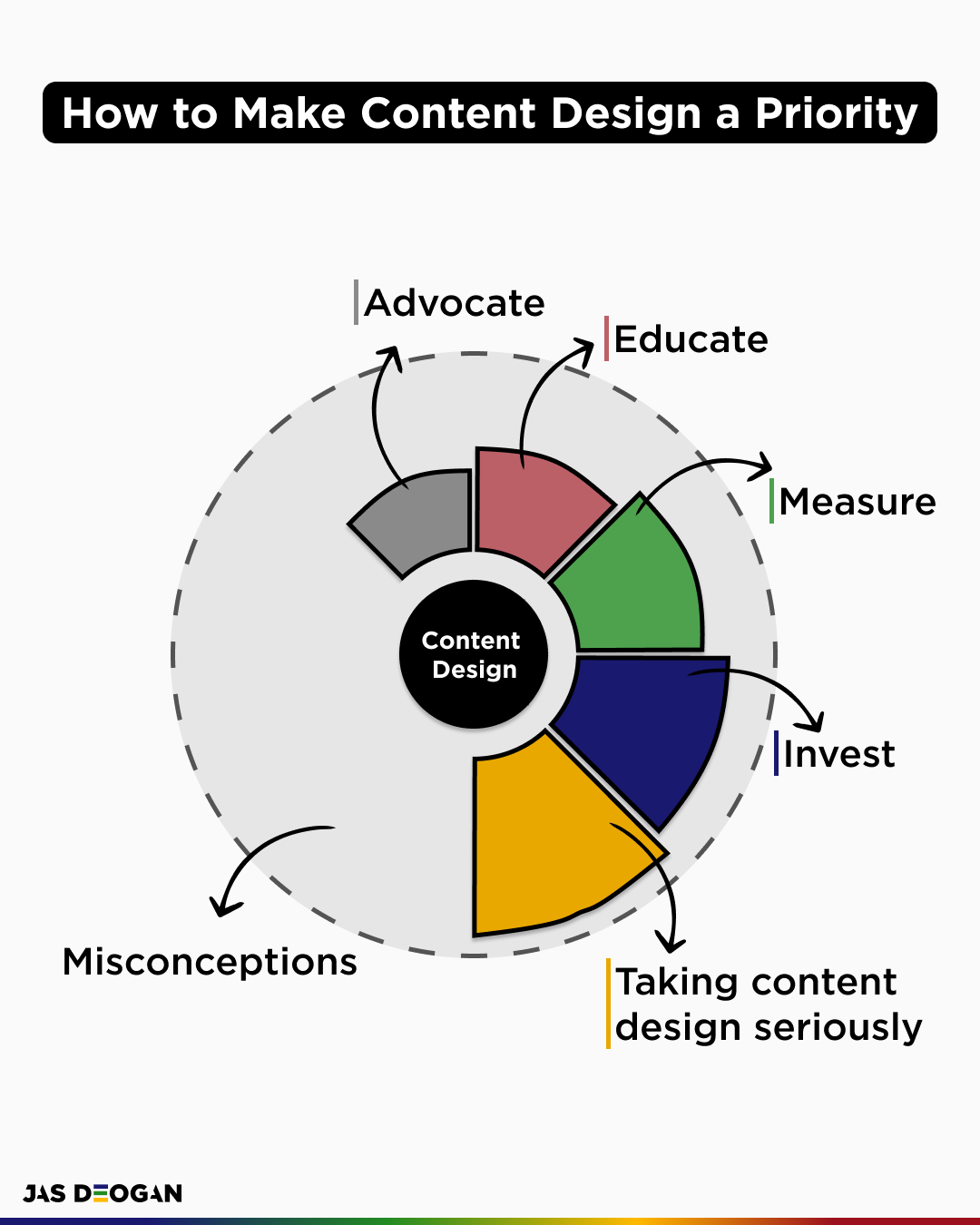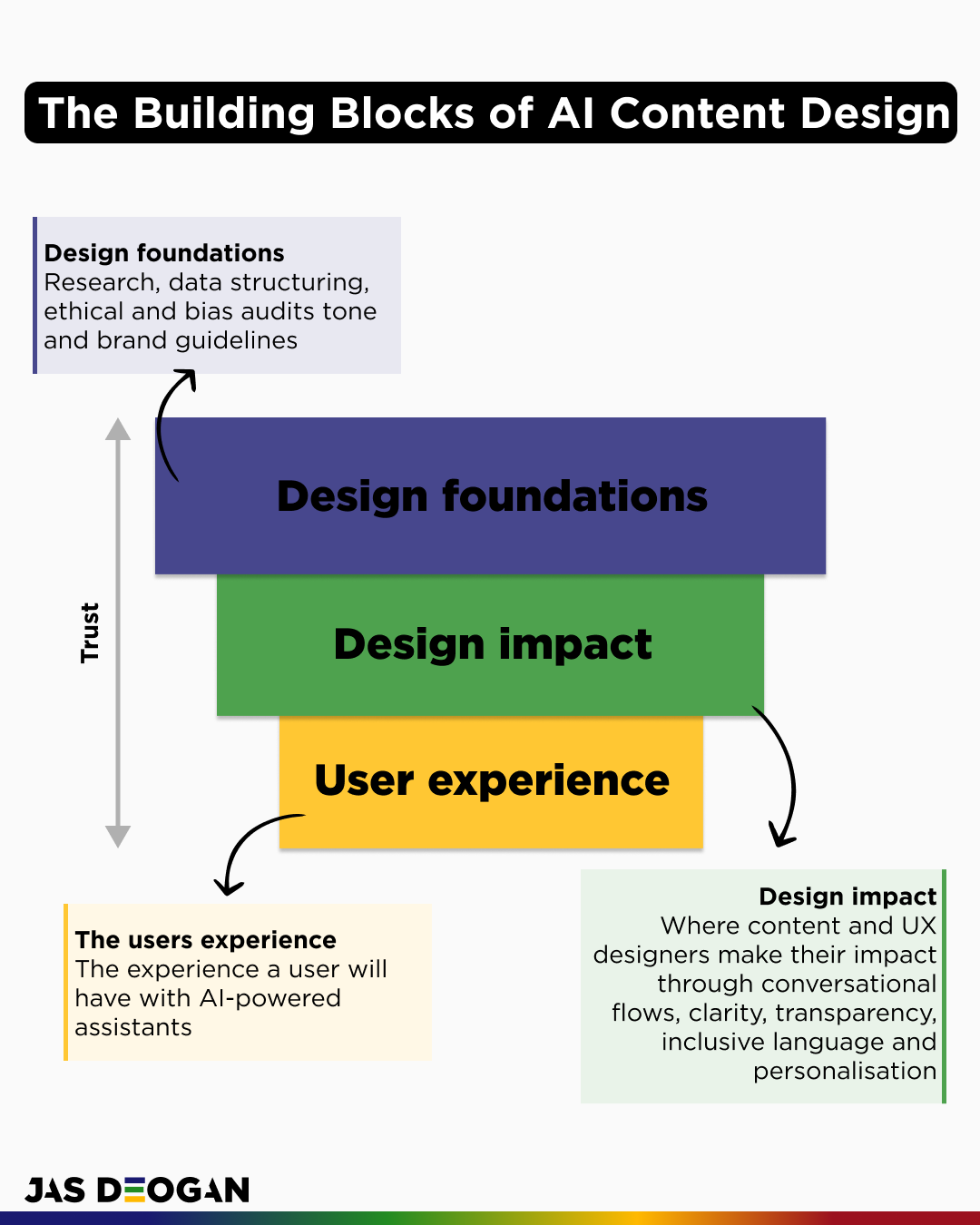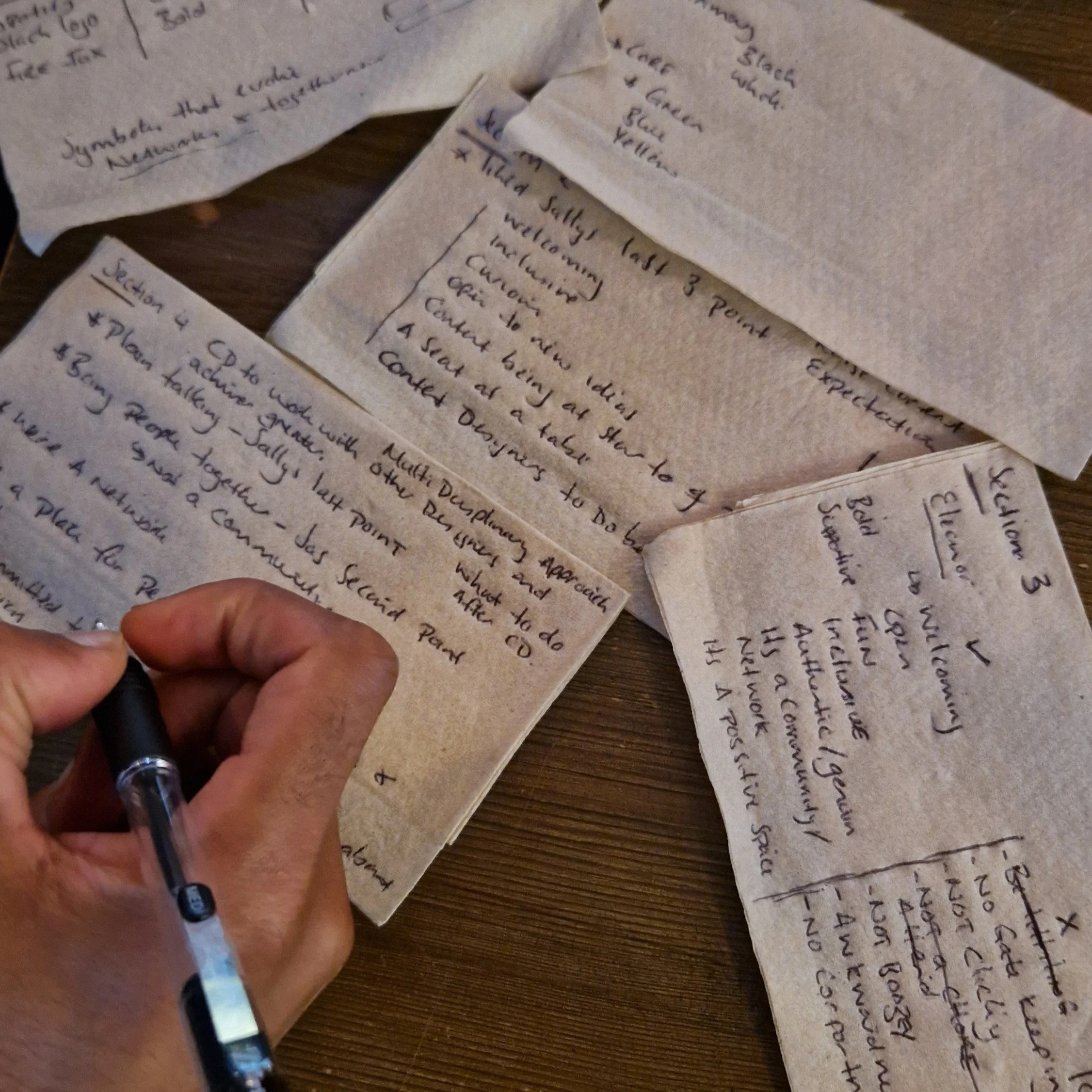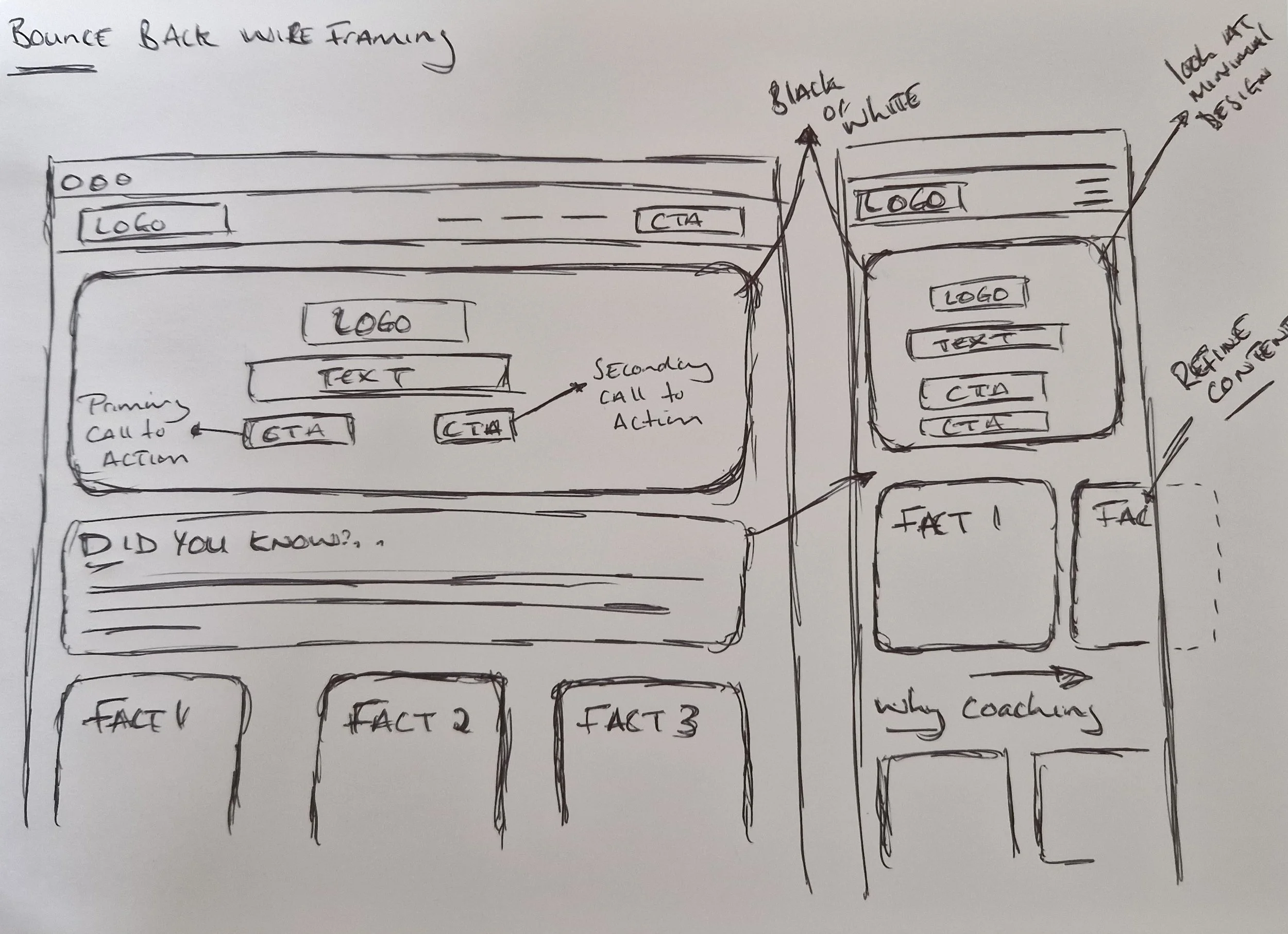Thinking
Design
Designing for the AI-First Web
We’re entering a new era of user experience — one where AI sits between the user and the content. And that shift forces us to confront something we’ve quietly overlooked for years:
Structure.
Web 1.0 moved us from analogue to digital.
Web 2.0 gave us interaction and endless publishing.
Web 3.0 brings intelligence, personalisation, and user ownership — but none of it works without well-structured, accessible content.
The old path was simple:
Search → Click → Consume.
Now it’s increasingly:
User → AI → Answer.
And if our content isn’t being surfaced, it’s not because it isn’t good — it’s because machines can’t interpret it. Weak IA, fragmented content, and years of output without clear foundations are catching up with us.
This moment isn’t about adding AI to broken experiences.
It’s about getting the basics right: clarity, structure, accessibility, and meaning.
Because Web 3.0 isn’t about creating more content.
It’s about creating smarter content — content that works for humans and machines.
And that’s exactly where thoughtful, strategic content design becomes essential.
Stop being so humble. Start being strategic
Content designers aren’t here to decorate experiences.
We’re here to shape them.
There’s a choice we make every day:
Stay supportive — or step into strategy.
Supportive content design waits for instructions.
Strategic content design leads the conversation.
The 4 superpowers of a content designer
Content design isn’t just filling in text boxes. I view it as the invisible architecture of trust, clarity, and inclusion that is baked into every experience.
We don’t merely write; we feel the user journey.
We don’t merely edit; we design meaning.
We don’t just hand off content; we advocate for users when no one else is in the room.
Here are what I believe to be the 4 superpowers every content designer has:
Empathy – sensing what users feel, anticipating their friction
Clarity – turning complexity into usable, human language
Collaboration – bridging design, product, and tech from day one
Advocacy – speaking up for accessibility, ethics, and users’ voices
Content Designers don’t just write words. They’re shaping experiences, guiding users, building trust, and pushing for a better future.
Ever heard of GEO
I hadn’t, not until someone casually dropped it into conversation and left me Googling under the table.
It turns out that it stands for Generative Engine Optimisation.
Think of it as SEO’s AI-powered sibling:
SEO gets you seen in search results.
GEO gets you quoted by AI (Google AI Overviews, ChatGPT Search, Bing Copilot).
In short, GEO is what happens when your content is so clear, structured, and smart that AI can’t help but show it off.
And here’s the plot twist…That’s basically content design.
Clarity? Check
Structure? Double check
Understanding your audience? Always
So I guess while everyone else is scrambling to “adapt to AI”, content designers have been quietly GEO-ready for years. Who knew
“Content Designer.”A title that feels… accurate? Or just convenient?
When you hear it, what comes to mind?
Writing words?
Editing copy?
You’re not alone, but that’s the problem.
Because what we actually do goes far beyond “wordsmithing.”
We research
We define strategy
We co-design UX
We analyse data
We shape experiences
Yet, the term "Content Designer" often reduces our work to just… content. Words on a screen. A last-minute drop-in.
So maybe it’s time to ask:
Are we really “content” with the title Content Designer?
Changing the title won’t fix everything, but it might just spark the right conversations.
Content design isn’t “just words”
It’s the glue that holds good user experiences together.
Content Design is how we guide users from confusion to clarity, build trust, and create seamless journeys. Yet too often, content design is treated like an afterthought.
So, how do we change this?
Advocate
Put content design on the table from day one.Educate
Show stakeholders how it shapes UX.Measure
Prove its impact with metrics that matter.Invest
Build teams and tools that let content thrive.
Content design drives conversions, reduces support costs, and makes experiences more accessible for everyone. It’s not a nice-to-have. It’s essential.
Every user starts with a call to adventure
We inspire during their call to action
We reassure them when they face friction
We celebrate their wins and insights
We encourage growth and return
We flex our tone of voice, or our writing principles, based on where the user is emotionally.
Fact: Accessibility is everyone’s responsibility
Content Designers
Create clear and concise messaging that is understandable for all users.UX Designers
Focus on logic and usability, ensuring that navigation and user flows are intuitive.
Developers
Implement the technical foundation that makes accessibility possible.
Accessibility isn’t just a checkbox. It’s not just one person’s job. It’s a team effort. Content designers, UX designers, and developers ALL play a role in making products inclusive.
Open to new opportunities
I'm Jas Deogan, a UX & Content Design Leader who’s passionate about building teams, scaling strategy, and designing experiences that deliver results.
From driving £2.9M in revenue through navigation redesigns to growing content teams that boost conversions, I bring a hands-on, human-centred approach to design leadership.
I've led end-to-end content and UX strategy, built thriving communities like the London Content Design Meetup, and shaped design maturity inside agencies and in-house.
I’m open to senior or leadership roles in UX, Content Design, or Product, where I can empower teams, drive innovation, and turn insight into impact.
The building blocks of AI Content Design
Content Designers are
Structuring AI conversations for a more natural, human-like flow.
Helping to reduce bias and ensuring inclusivity in AI-generated content.
Making AI decisions transparent and easy to understand.
Creating brand-aligned tones that set realistic expectations.
While AI can seem daunting, I wanted to flip the script and explore how content designers are playing a vital role in making AI more transparent, more ethical, and more user-friendly.
The evolution of content roles
We started as copywriters, mastering the art of persuasion in print and broadcast ads.
Content strategists emerged to bring order to the growing digital landscape.
The rise of UX and mobile-first design led to UX writers, making interactions seamless.
Today, content designers are central to shaping user journeys and product experiences.
Content has come a long way, from crafting catchy ad slogans to shaping digital experiences.
Content design meet-ups
I partnered with another content designer to host in-person meet-ups in London.
We wanted to create regular meet-ups for content designers to network and support each other.
We’ve started brainstorming our brand identity, asking key questions like, what makes our brand unique? What traits best describe our brand, and which ones should we avoid? And how would our brand speak if it had a voice, and what would it say?
Wireframing a coaching site
After drafting the initial content for a coaching website (Bounce Back), I created a high-level sketch of the user experience and content structure.
While the site is still in the early stages of development, these basic wireframes offer a solid foundation on which to build. They allow us to iterate and refine, bringing the coaching brand to life step by step.
Developing a visual identity
Simplicity
Collaborated closely with the client to prioritise simplicity.Colour
Selected orange to reflect the brand's qualities—warmth, friendliness and fun.Feedback
Engaged with potential users through various design iterations.Outcome
The iterative process led to a well-received final logo.
I took on the creative challenge of designing a logo for 'Bounce Back', a coaching brand focused on resilience and personal growth. The goal was to create a memorable and effective visual identity that resonates with the brand's mission.



